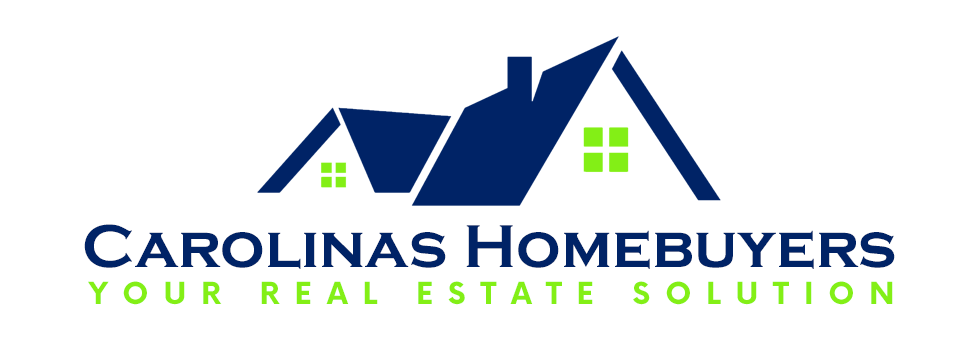
Real estate investing, especially in a thriving market like Rock Hill, South Carolina, can offer a path to financial freedom and long-term wealth. If you’re interested in building a portfolio of cash-flowing deals, Rock Hill presents an exciting opportunity. With its growing economy, strong rental demand, and favorable real estate market conditions, Rock Hill is a prime location for investors seeking consistent cash flow. In this blog, we’ll outline a step-by-step plan to help you build a successful portfolio of cash-flowing real estate deals in Rock Hill.
Step 1: Research the Market
Before you start investing, thorough market research is essential. Study Rock Hill’s real estate trends, population growth, local economy, job market, and rental demand. Research neighborhoods that have shown historical appreciation and have a track record of attracting renters. Analyze factors like schools, public transportation, amenities, and crime rates to identify areas with high potential for strong cash flow.
Step 2: Set Investment Goals
Determine your investment goals, whether it’s to achieve a certain monthly cash flow, acquire a specific number of properties, or reach a certain net worth over time. Clear goals will help you stay focused and measure your progress.
Step 3: Build Your Financial Foundation
Assess your financial situation and create a budget for investing. Understand how much capital you have available for down payments, renovations, and other expenses. Consider financing options such as conventional mortgages, private money lenders, or partnerships.
Step 4: Network and Build Relationships
Networking is key in the real estate industry. Attend local real estate events, join investment clubs, and connect with other investors, real estate agents, contractors, and property managers in Rock Hill. Building a strong network can lead to valuable insights, potential partnerships, and access to off-market deals.
Step 5: Find Deals
Identify potential properties by using multiple sources: online listing platforms, real estate agents, wholesalers, and even driving around neighborhoods. Look for distressed properties, foreclosures, or homes that need renovation. These properties often have the potential for higher returns once they are improved and rented out.
Step 6: Conduct Due Diligence
Thoroughly evaluate each potential deal. Perform a property inspection to identify any hidden issues or repairs needed. Verify the property’s financials, including rent history, property taxes, and any existing liens. Additionally, research the local zoning laws and regulations to ensure compliance.
Step 7: Run the Numbers
Analyze the potential cash flow of each property by estimating expenses such as mortgage payments, property management fees, insurance, maintenance, and vacancy rates. Compare these expenses to the expected rental income to calculate your potential monthly cash flow.
Step 8: Negotiate and Acquire
Negotiate the purchase price based on your due diligence and financial analysis. Work with a real estate agent or attorney to draft a purchase agreement that protects your interests. If the numbers align and negotiations are successful, proceed with the acquisition.
Step 9: Renovate and Optimize
If needed, renovate the property to attract quality tenants and maximize rental income. Focus on improvements that provide a good return on investment, such as updating kitchens, bathrooms, flooring, and landscaping.
Step 10: Property Management
Decide whether you’ll manage the property yourself or hire a professional property management company. A property manager can handle tenant screenings, rent collection, maintenance requests, and other day-to-day tasks, freeing up your time.
Step 11: Scale and Diversify
Once your first property is successfully cash flowing, repeat the process to acquire additional properties. Diversify your portfolio by investing in different types of properties and neighborhoods. Scaling gradually allows you to manage your investments effectively and mitigate risks.
Step 12: Monitor and Adjust
Regularly review your portfolio’s performance and adjust your strategy as needed. Keep an eye on market trends, property values, and rental rates. Continuously seek opportunities for improvement and growth.
Conclusion
Building a portfolio of cash-flowing deals in Rock Hill, SC, requires careful planning, research, and execution. By following this step-by-step plan, you’ll be well on your way to achieving your investment goals and establishing a successful real estate portfolio that generates consistent cash flow over the long term. Remember that patience, persistence, and a commitment to ongoing learning are key factors in your journey to real estate success. Give us a Call at 843-919-4343.
Contact Us
We would love to hear from you! Please fill out this form and we will get in touch with you shortly.

